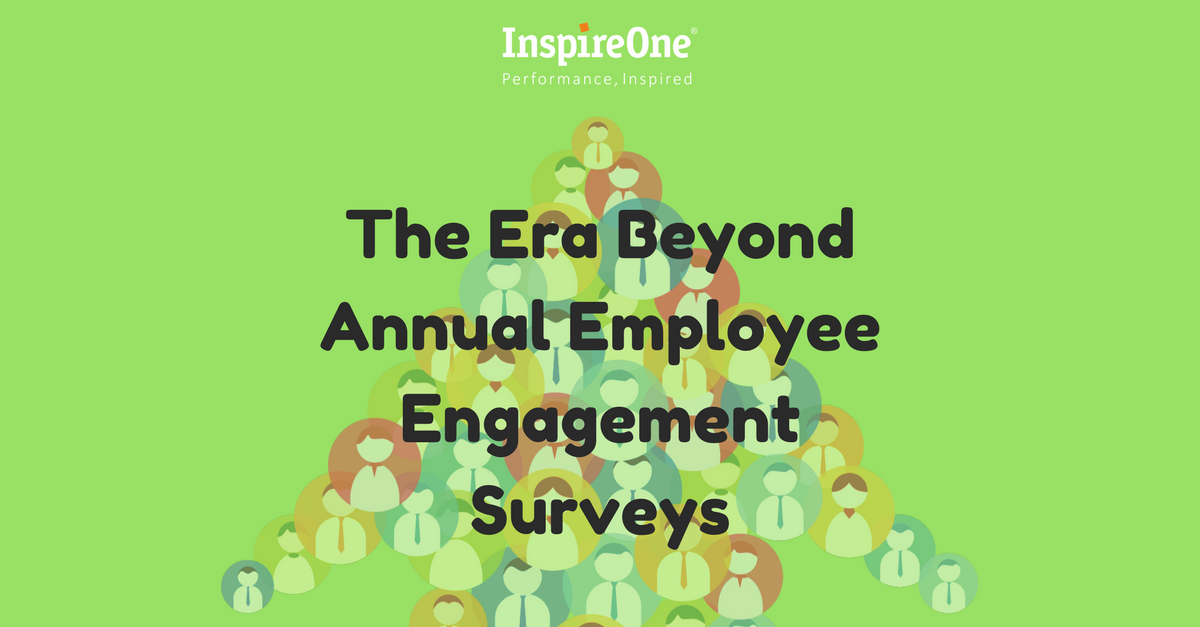“Put people first and then they will put customers first”
Claus Møller, Founder – TMI and Quality Guru
“Your number one customers are your people. Look after employees first and then customers last.”
Ian Hutchinson, Author – People Glue
Business leaders have echoed these words for over 5 decades now and acknowledged that employees are their greatest resource. But never before have had they had the means to truly tap into the power of employee sentiment to fuel business momentum.
Disrupt & reinvent
The step after acknowledging that people are the most critical resource would be to then unleash and direct the value that the resource promises. The prevailing context of the disruptive digital era adds another dynamic to the type of value that human resources can bring to the table and the way it can be accessed and leveraged. The “employee experience” therefore should be such that it compels, inspires and engages employees enough for them to provide a constructive narrative and commit to the growth of the company.
So, what does this mean for the chief engagement officers? It means that with the coming of disruptive and nimble ways of working, the way we look at employee engagement surveys must also undergo a paradigm shift to meet the needs of the changing workforce and provide for agility and alacrity in listening to and responding to the employee sentiment and input.
The need today, therefore, as against “annual employee engagement surveys” is to gauge the pulse of employees on an ongoing basis, continuously analyzing and acting on the employees’ voice, to deliver a world class employee experience.
To catch up with this change, more and more organizations today, are considering moving towards a continuous listening strategy, with an interest in conducting agile employee engagement surveys.
Given the new scenario, technology and digitization allow this transition to agile listening without hassles. We now have the tool that can translate the voice of employees into actionable insights to create a more engaged, productive and satisfied workforce.
What is continuous listening?
Continuous listening strategy is nothing but an infrastructure through which employees can provide feedback, opinions, information, and insights on an ongoing basis (IBM Kenexa 2015). Capturing the voice of the employees is just the first step to a continuous listening strategy. For the employees to feel heard, it is imperative that their feedback and opinions get translated into action. And to arrive at the action, organizations need insights that can guide it. By linking multiple data points across multiple employee engagement surveys and other sources, employees can be engaged for business results.
Why are we moving towards a continuous listening approach?
The collective voice of employees is a powerful source of competitive advantage which can enable organizations to take informed and holistic business decisions. That’s the power of the employees’ voice!
By enlarging the listening methods and their frequency beyond a year, organizations can meaningfully intensify the benefits of an engaged workforce to drive business.
When employees feel heard, they are empowered to act. In this sense, engagement is the gift that gives back—boosting employee effectiveness and therefore the company’s profitability.
Organization of the future is here
At InspireOne | IBM, we have consulted with many clients and written extensively on how to make this transition, from annual employee engagement surveys to ongoing listening post, successful. While most of our work is unique to the clients’ context, there are also a handful of general principles that we have synthesized from our approach that can be used by organizations embarking on such a transition, irrespective. They are:
#1 Listen
employees are more willing than ever before to share their opinions at work. Serving as the eyes and ears of the organization can get useful insights on customer issues, product reception, and opportunities for scaling up, from employees.
A good starting point would be to focus on this reservoir of untapped insights. Establish a clear baseline of the current level of employee engagement through a census survey and listen to what matters to your organization.
#2 Analyse
From an information overload of data, it is important that you focus only on those that matter to your organization’s strategy. To enable that, examine the employee engagement surveys scores to derive meaningful insights on the current state of engagement. Distil the results, surface the key issues and highlight the ongoing trending views.Act: Listening alone is not enough. Employees want and
#3 Act
Listening alone is not enough. Employees want and expect you to follow up on their input with meaningful actions. And measurement without action adds no value to your listening strategy. Once you are empowered with the best insights and directions, motivate change through sustained action planning and implementation.
It takes commitment and effort from great leaders to listen to their employees, acts on their voice and guides them through a change process that is sustainable and long-term. What leaders must remember is that sustained change can be achievable through sustained listening and action.
So, have you embarked upon the journey to building a continuous listening strategy?
How InspireOne | IBM can help
Today’s organizations need to attract, retain and develop top-performing talent, create engaging social and collaborative cultures, and connect the right people to get work done. InspireOne | IBM solutions combine market-leading talent management and social collaboration tools with the power of workforce science and advanced analytics. We help organizations build impassioned and engaged workforces, and deepen client relationships that can lead to measurable business outcomes.







